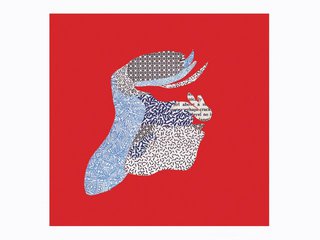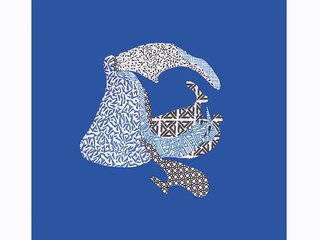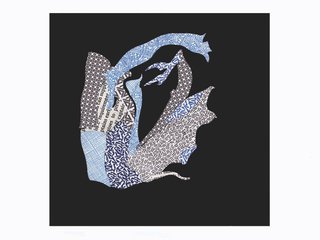Aedeagus by Andrew Yang
This set of prints draws on the visuals of male copulatory organs in beetles, or the aedeagi. The collages of aedeagi are made from the insides of security envelopes allowing for a play on words of male/mail delivery system.
This set of prints draws on the visuals of male copulatory organs in beetles, or the aedeagi. The collages of aedeagi are made from the insides of security envelopes allowing for a play on words of male/mail delivery system.
“An aedeagus is the male copulatory organ in insects. They are well-studied and comparative illustration sets of them populate the scientific literature because their morphology, usually tucked safely away in the body of the bug, is often one of the surest ways to distinguish different species from each other. The sexual aspects of the animal body are “objectified” as typological parts, albeit for scientific purposes; a taxonomic Rosetta Stone.”
Scientist as Artist
As a scientist who is currently working on his MFA in art and is teaching biology at the School of the Art Institute of Chicago, Yang’s work in this context is significant because it indicates a scientist who values what an art practice can offer – a shift in perspective. He deals with the vernacular of science through art, crossing the boundaries of the two disciplines.
Yang’s word play underscores the multiple meanings that we construct in language – a fact that is magnified within our individual disciplines with the construction of professional language and speech communities. This factor can often become a significant barrier to dialogue across disciplines. The exhibition of science-themed work like Aedeagus in an art space allows for an exploration of ideas that cannot be addressed in traditional science publications, venues or dialogue – one that is personal and even humorous. The teaching of science within an art space or school fosters familiarity with the use of language as well as ideas and processes.
No comments yet. Why not add the first?
Acknowledgements & Credits
Andrew S. Yang, 2011.



← Back to work
0 Comments